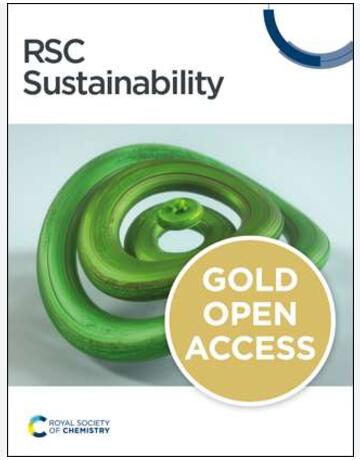利用高噪声商用微波链路数据进行成本敏感型降雨强度预测
IF 3.3
3区 环境科学与生态学
Q2 ENVIRONMENTAL SCIENCES
引用次数: 0
摘要
近年来,基于商业微波链路数据的降雨强度预测因空间分辨率较高和能耗较低而备受关注。然而,由于商业微波链路数据的高噪声,其预测性能不如基于气象数据的模型,而不同降雨强度的样本数量不平衡又进一步加剧了这一问题。因此,我们提出了成本敏感型降雨强度预测模型(CSRFP),以便在高噪声商业微波链路数据中获得更好的预测性能。首先,对时空场景信息进行编码,并训练其权重,为模型提供不同站点信号数据之间的相关性,这有助于模型更好地捕捉数据之间的潜在模式,从而降低噪声的影响。其次,基于降雨分布的降雨交叉熵损失为模型提供了不同降雨强度发生的概率,并反向计算了特定降雨强度下的信号衰减,考虑到信号衰减,为不同样本分配了更合理的权重,这使得模型对成本敏感,可以解决类不平衡问题。在高噪声通信数据和福州不平衡降雨数据上进行了大量实验。与应用于降雨和通信数据的 RNN 等典型预测方法相比,CSRFP 在 Recall、Precision、AUCROC、AUCPR 和 F1 以及 Accuracy 方面分别提高了约 19%、37%、8%、22%、30% 和 17%。值得注意的是,在样本数量最少的情况下,该模型对暴雨的预测准确率提高了约 13%。本文章由计算机程序翻译,如有差异,请以英文原文为准。
Cost-Sensitive Rainfall Intensity Prediction with High-Noise Commercial Microwave Link Data
Rainfall intensity prediction based on commercial microwave link data has received significant attention in recent years due to the higher spatial resolution and lower energy consumption. However, the predictive performance is inferior to the model based on meteorological data by reason of the high noise in commercial microwave link data, further exacerbated by the imbalance in the number of samples across different rainfall intensities. Hence, a cost-sensitive rainfall intensity prediction model (CSRFP) is proposed to achieve better predictive performance in high-noise commercial microwave link data. First, the spatiotemporal scene information is encoded, and its weights are trained to provide the model with correlations between signal data from different stations, which helps the model to better capture potential patterns between the data and thus reduce the effect of noise. Next, the rainfall cross-entropy loss based on the rainfall distribution provides the model with the probability of different rainfall intensities occurring and back-calculates the signal attenuation at a specific rainfall intensity, assigning more reasonable weights to different samples considering signal attenuation, which makes the model cost-sensitive and can address the class imbalance problem. Extensive experiments are carried out on high-noise communication data and imbalanced rainfall data in Fuzhou. Compared to typical prediction methods such as RNN applied to rainfall and communication data, CSRFP improves Recall, Precision, AUCROC, AUCPR and F1 and Accuracy by approximately 19%, 37%, 8%, 22%, 30%, and 17%, respectively. Significantly, the model’s prediction accuracy for heavy rain with the smallest number of samples improves by about 13%.
求助全文
通过发布文献求助,成功后即可免费获取论文全文。
去求助
来源期刊

Sustainability
ENVIRONMENTAL SCIENCES-ENVIRONMENTAL SCIENCES
CiteScore
6.80
自引率
20.50%
发文量
14120
审稿时长
17.72 days
期刊介绍:
Sustainability (ISSN 2071-1050) is an international and cross-disciplinary scholarly, open access journal of environmental, cultural, economic and social sustainability of human beings, which provides an advanced forum for studies related to sustainability and sustainable development. It publishes reviews, regular research papers, communications and short notes, and there is no restriction on the length of the papers. Our aim is to encourage scientists to publish their experimental and theoretical research relating to natural sciences, social sciences and humanities in as much detail as possible in order to promote scientific predictions and impact assessments of global change and development. Full experimental and methodical details must be provided so that the results can be reproduced.
 求助内容:
求助内容: 应助结果提醒方式:
应助结果提醒方式:


